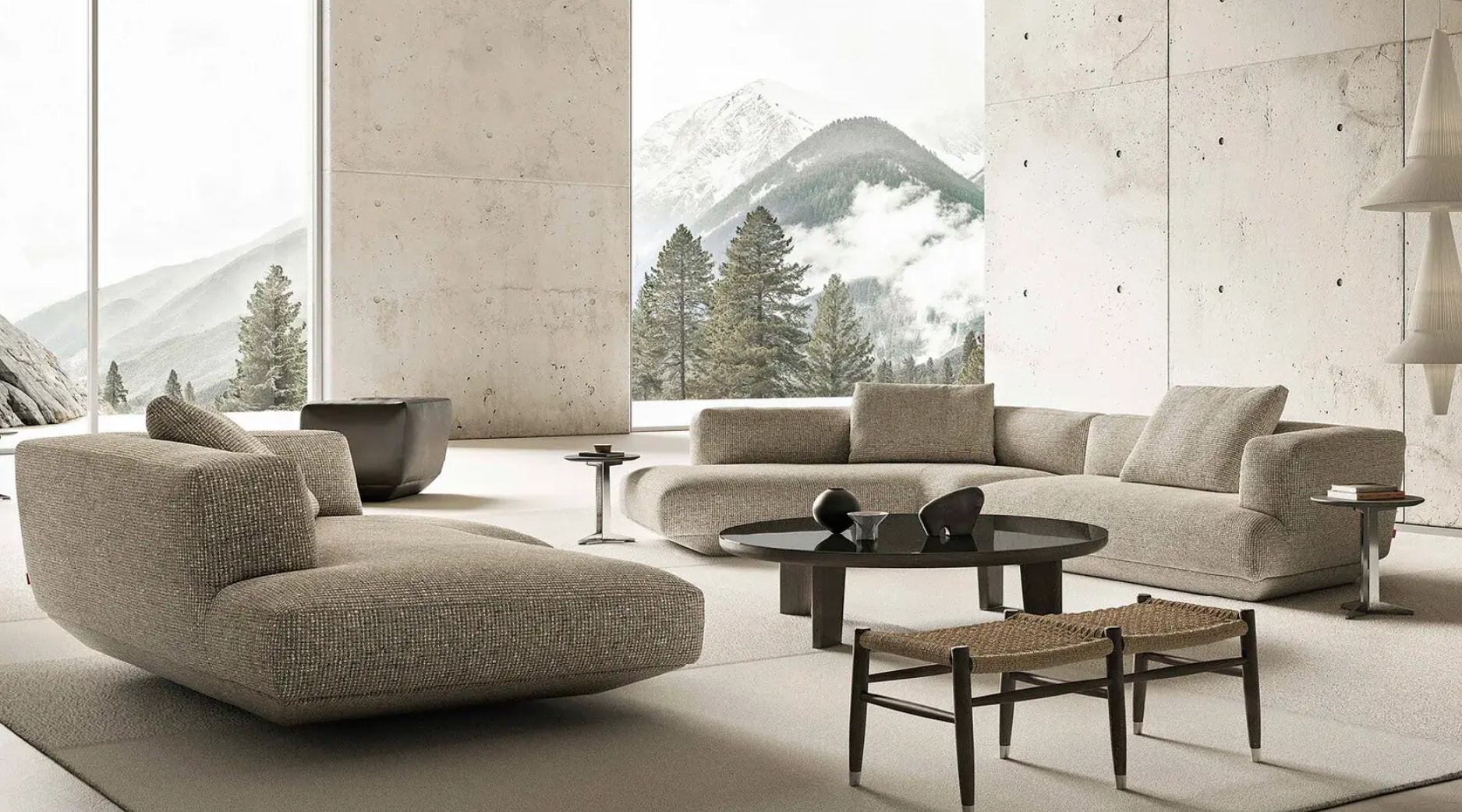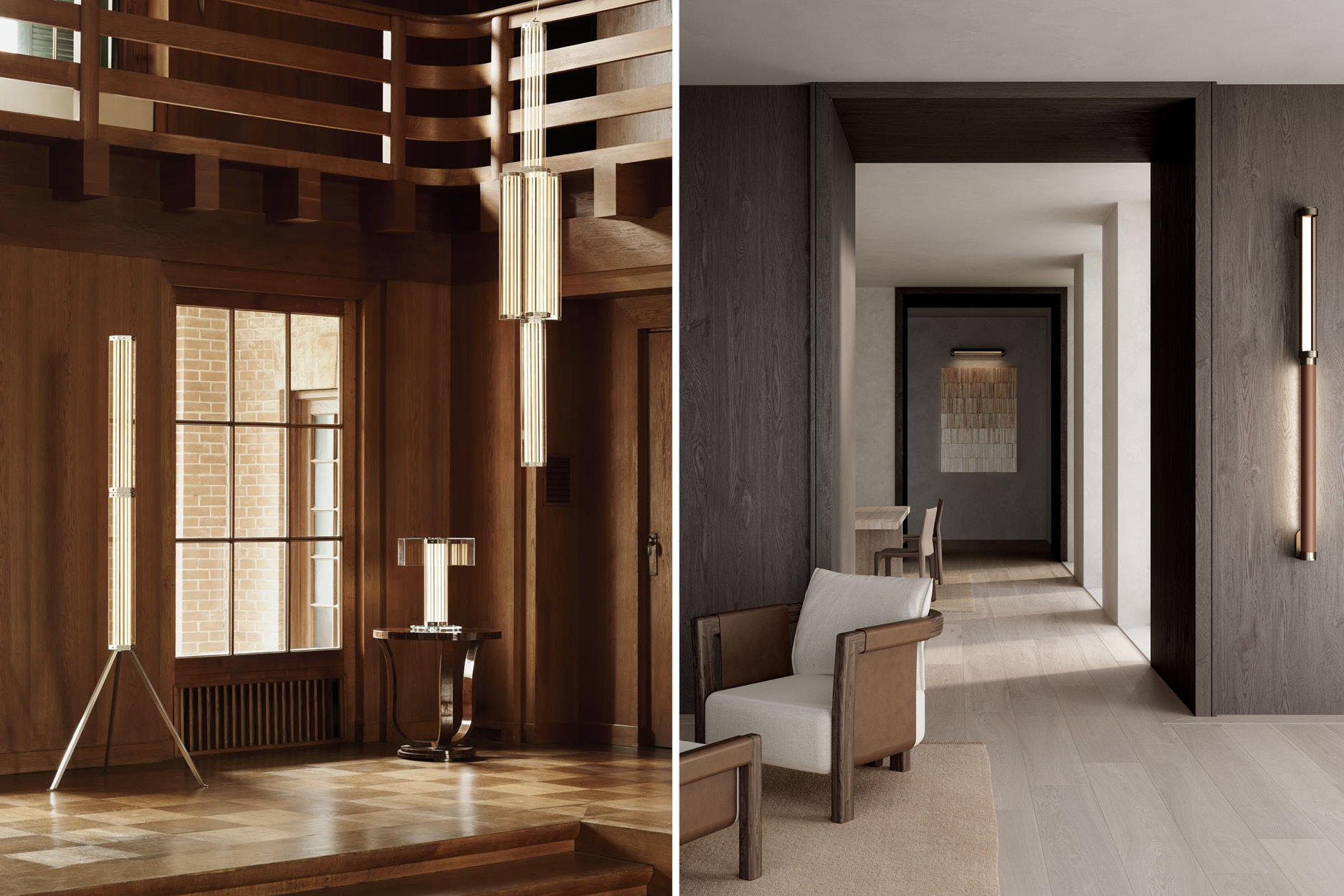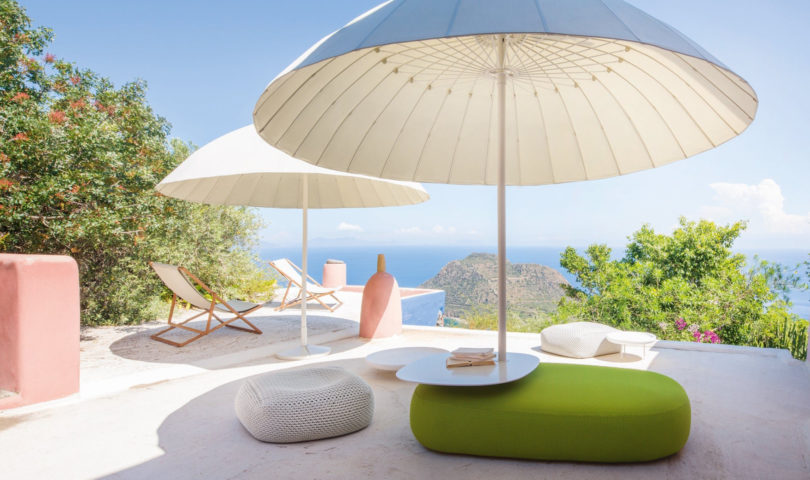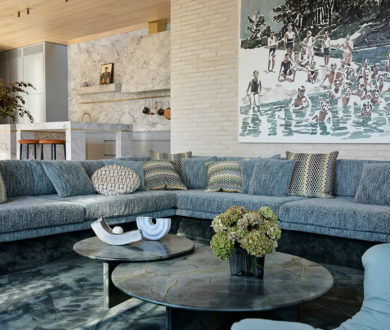Milan Design Week 2025 unfolded as a vibrant tapestry of innovation, where design narratives intertwined with performance, material exploration, and cultural homage. The city transformed into a dynamic stage, reflecting a collective yearning for immersive experiences and tactile authenticity.
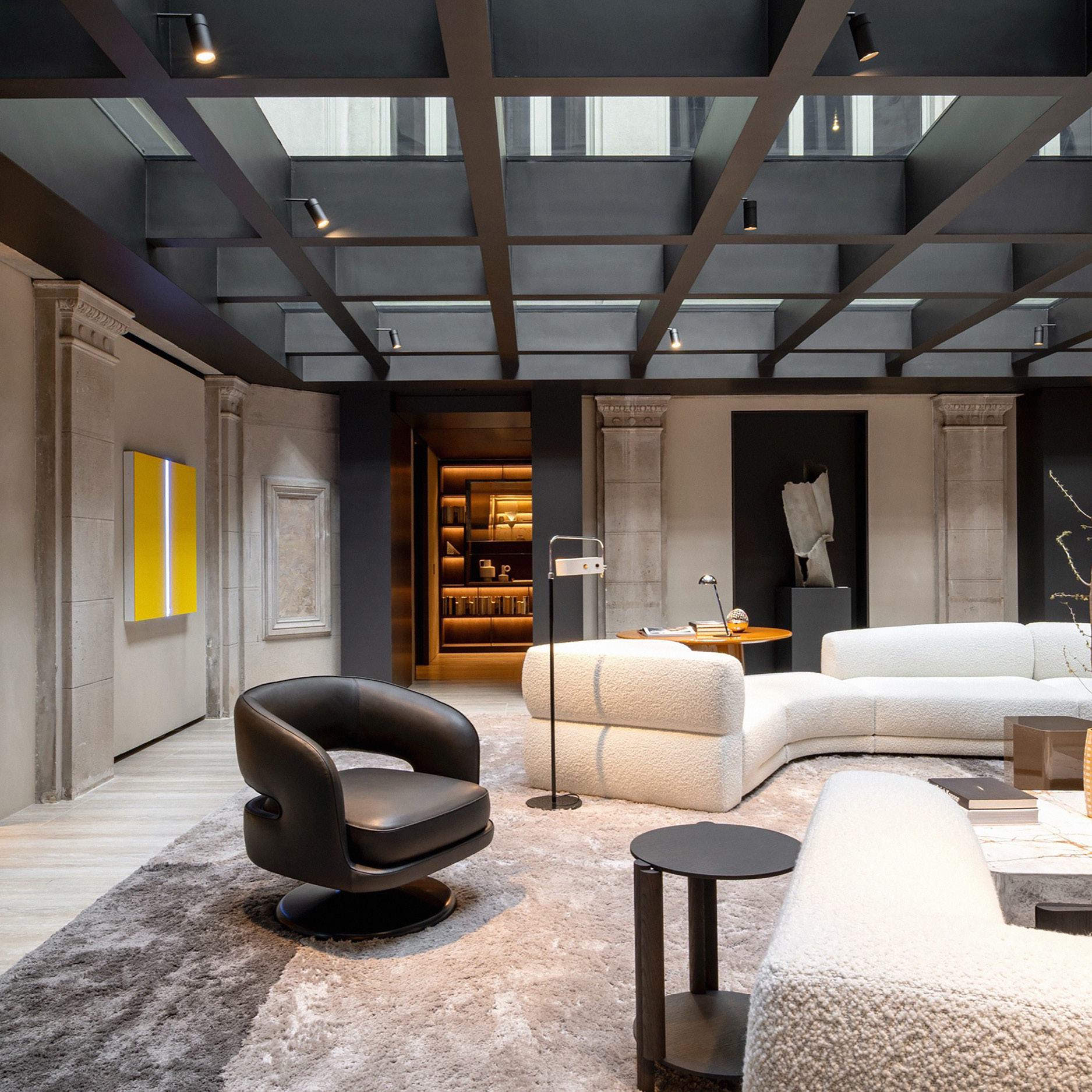
Milan again transformed into a global nexus of design innovation this April as it hosted the 64th edition of the Salone del Mobile and the expansive Fuorisalone. Over 1,000 happenings pulsed through historic streets and contemporary hubs, drawing a staggering 500,000-plus visitors keen to soak up the latest across ten vibrant design districts. This year’s theme, ‘Connected Worlds’ (‘Mondi Connessi’), was the connective tissue, inviting explorations into the interplay of nature, tech, and culture — how design, in essence, bridges the diverse facets of our lives.
“The theme underscored the role of design in fostering meaningful connections in an increasingly hybridised world.”
From AI-powered installations that made you think to sustainable urban mobility solutions that offered a glimpse of tomorrow, the ‘Connected Worlds’ theme underscored design’s pivotal role in forging meaningful connections in our increasingly hybrid reality. The week-long immersion wasn’t just about covetable furniture and lighting; it was about the alchemy of traditional craftsmanship meeting cutting-edge innovation, setting the stage for a future where design continues to unite and ignite our imaginations.


Minotti’s latest lounge set quietly amplified the power of refined modularity, blurring the lines between indoor sanctuary and outdoor oasis — a subtle nod to considered living.
Meanwhile, Molteni&C opened its striking new Palazzo, a space where neoclassical bones meet impeccably refined modernist design language. Creative Director Vincent Van Duysen conceived the interiors as the curated domain of an art and design aficionado, an incredible narrative unfolding across the building’s seven levels and over 3,000 square metres.
Among the pieces on show in Palazzo Molteni was the reissue of Afra & Tobia Scarpa’s 1973 ‘Monk’ chair. This piece marked the genesis of a rich and enduring partnership between the design duo and the Italian manufacturer, quickly achieving cult status among the design cognoscenti. Molteni’s re-edition presents ‘Monk’ with a solid wood frame in American walnut, black oak, or coffee oak, and introduces a lower, wider armchair sibling.
“This year’s Milan Design Week underscored a shift toward deeper engagement with material, memory, and emotion.”
Christophe Delcourt’s Lise table is a study in graceful opposition, its two curved base structures intertwining to create a compelling visual statement. The tabletop comes in luxurious wood framed by a glossy lacquered edge or rich marble accented with a glossy steel rim, adding layers of refinement and tactile intrigue. The rim’s finish seamlessly echoes in the base, reinforcing material harmony and amplifying the table’s distinctive character. Whether commanding attention in a grand living space or acting as a focal point for intimate gatherings, Lise effortlessly blends sculptural beauty with everyday functionality.
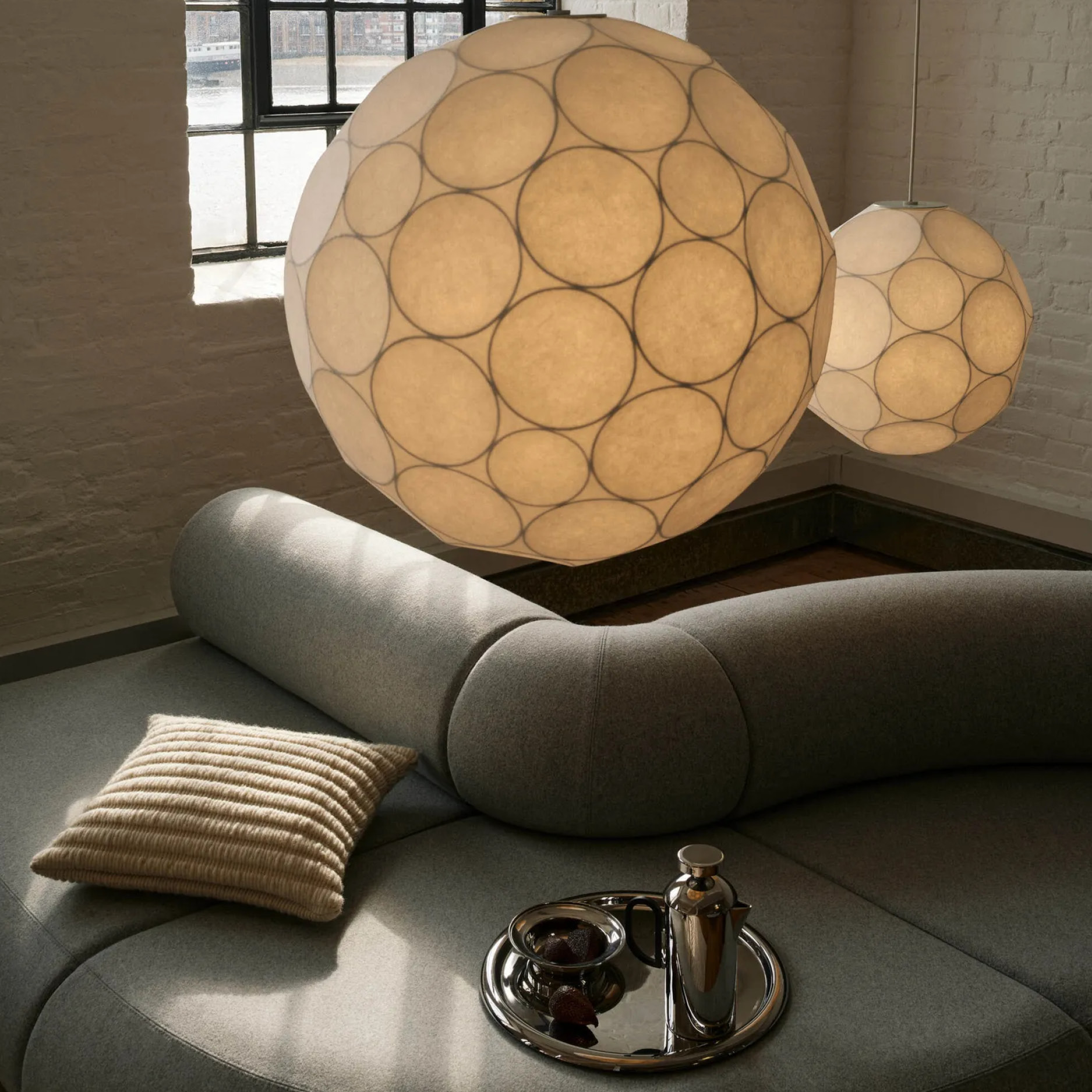
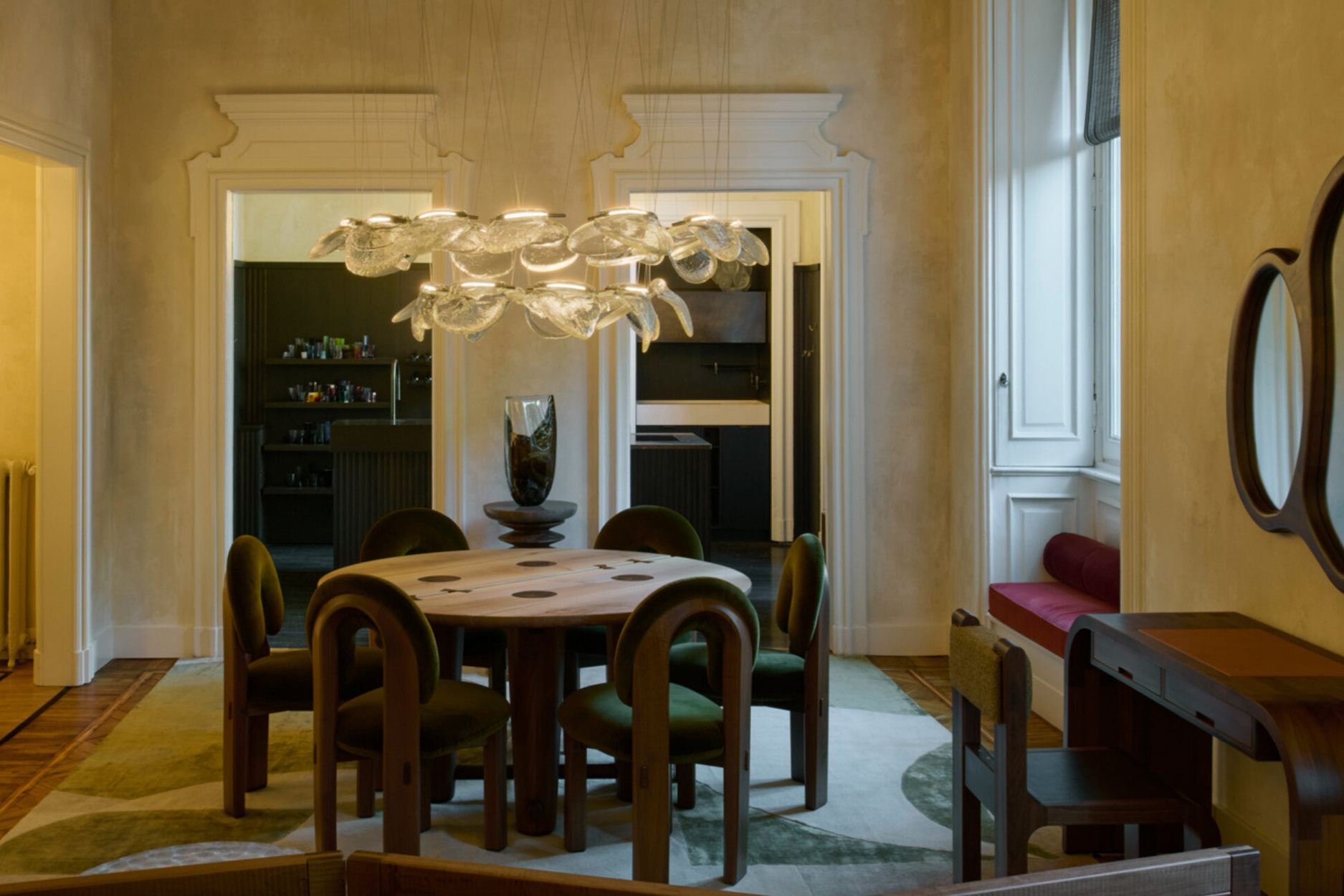
Lighting too, ventured into thrilling new realms, with Flos dropping its Superwire collection — a dynamic interplay of wireframe structures that danced with light and shadow. Tom Dixon’s AW25 Collection continued his signature exploration of futuristic forms and iridescent finishes, crafting objects that felt ancient and otherworldly. Bocci’s The Numbers Between The Numbers installation captivated with its celestial arrangement of suspended glass orbs, each at a different height, casting an ethereal glow. Articolo’s Swivel Collection offered a more intimate counterpoint, presenting softly sculptural lighting pieces that whispered of craftsmanship, memory, and the quiet poetry of illumination.

USM introduced the Haller Soft Panel, a modular system that masterfully balances bold, structural clarity with acoustic softness — a direct response to the evolving needs of fluid modern spaces.
At Poliform, Jean-Marie Massaud’s Joan sofa embodied clean lines and generous proportions. Its minimalist design, drawing inspiration from the world of fashion, showcased impeccable lines and meticulous attention to detail. The new Leopold armchair featured an inviting, enveloping cushion cradled within a minimal wooden frame, emphasising its volume and visual lightness.
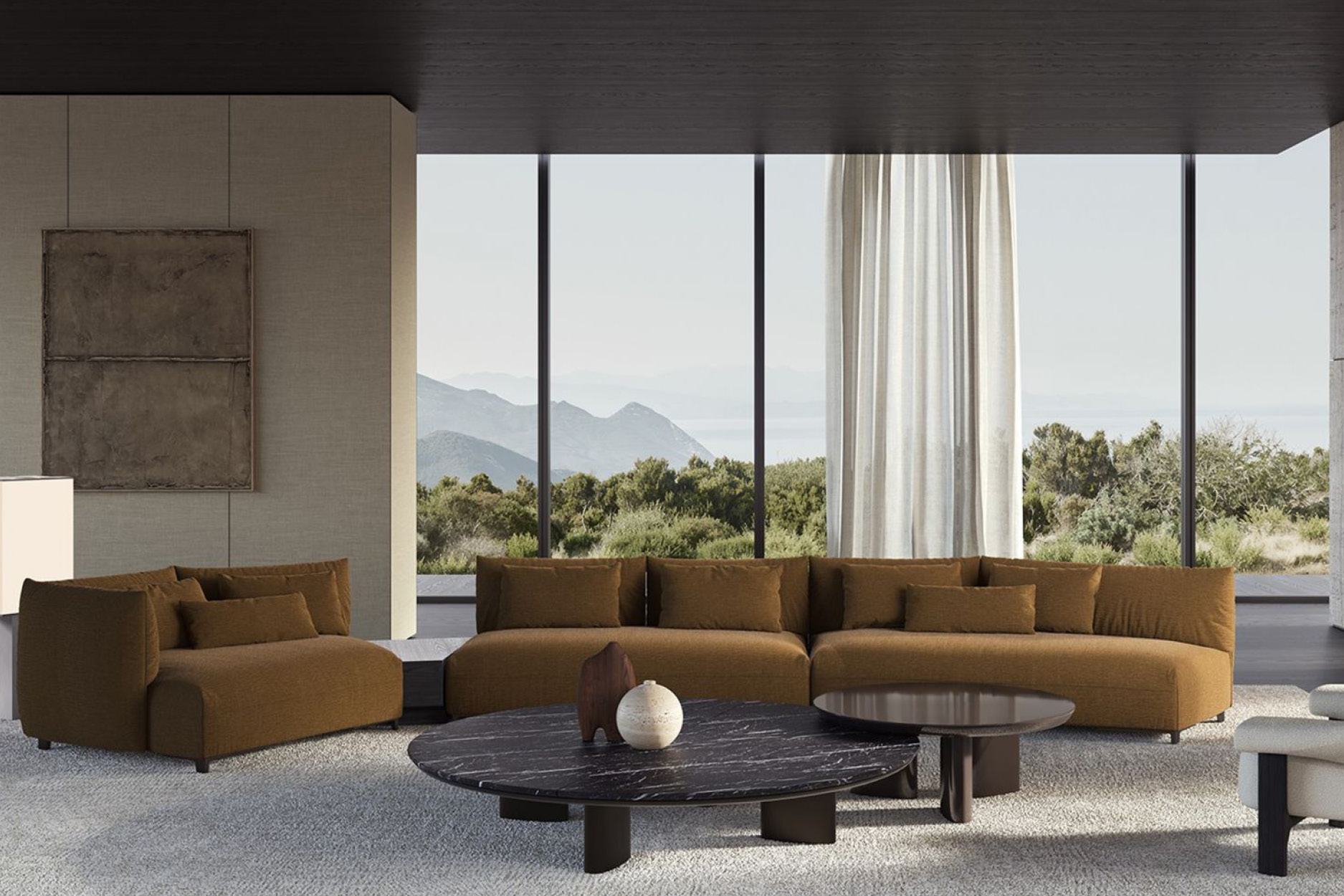
Antonio Citterio’s Loungescape seating system for Flexform is a chameleon, effortlessly adapting to transform the living space. Just as the contours of the land define a landscape, Loungescape shapes the home’s environment, becoming its nucleus and offering fresh perspectives on comfort and beauty.
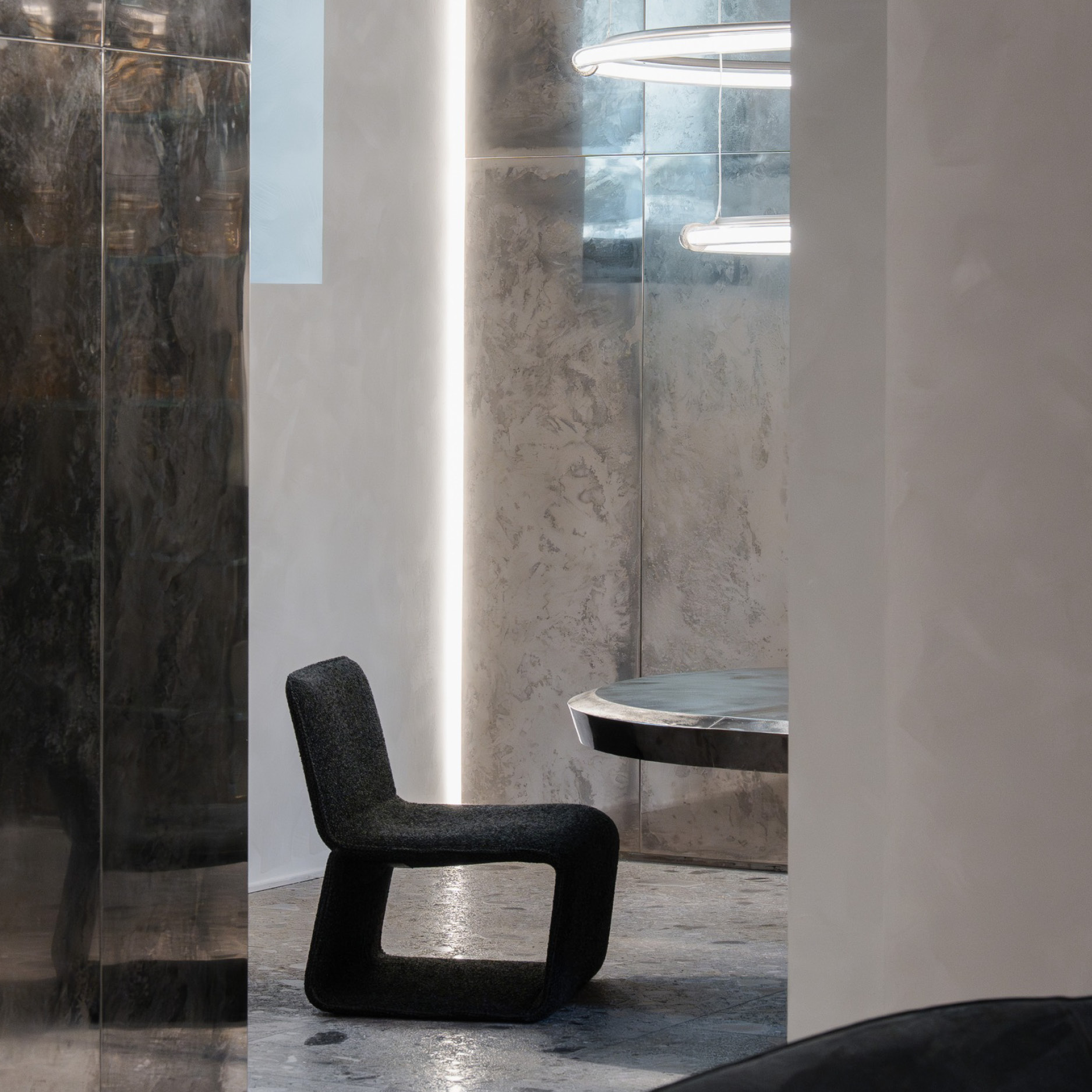
At Henge, designer Tanju Özelgin, celebrated for his refined minimalism and architectural sensibility, unveiled “Oblio,” a sculptural sofa, and the “Audace” lounge chair, designed to integrate seamlessly into their surroundings.
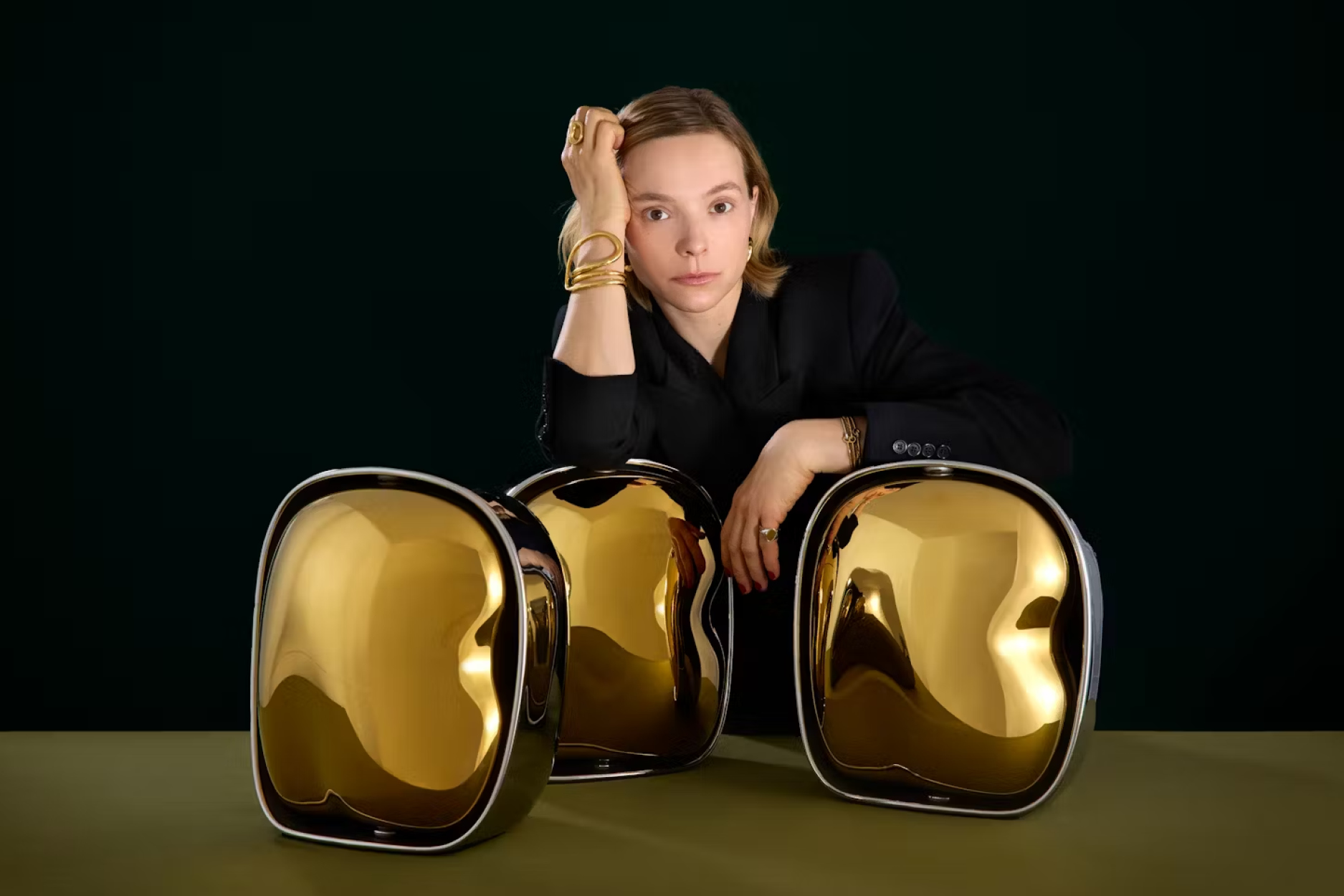
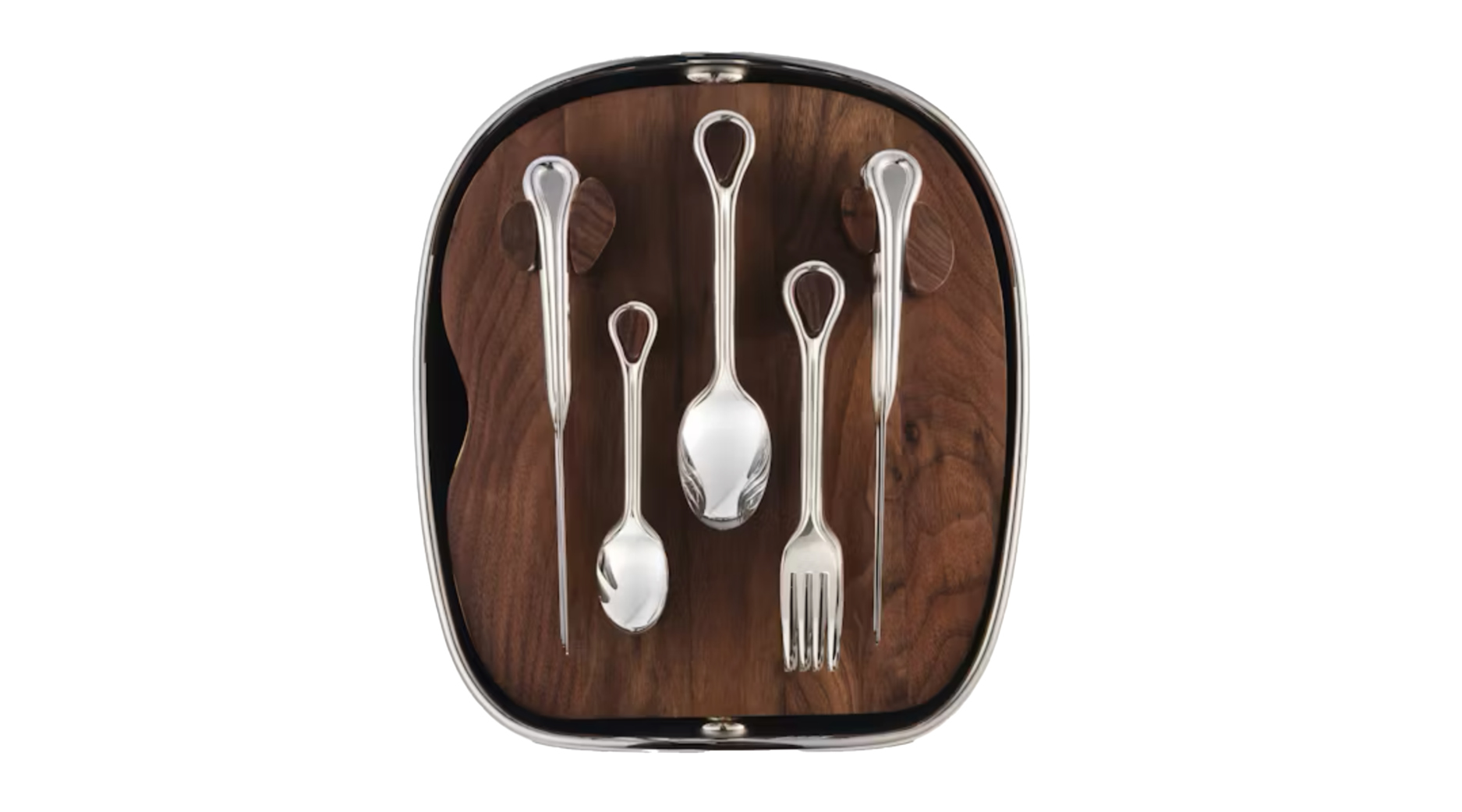
Carrousel Cutlery set by Christofle x Charlotte Chesnais from The Studio of Tableware
Even the everyday took on an artistic edge, with Christofle and Charlotte Chesnais presenting a cutlery set that blurred the lines between functional design and modern sculpture.
This year’s Milan Design Week underscored a shift towards a deeper connection with material, memory, and emotion. It was a space where fashion’s flair, technology’s advancements, and traditional craft’s enduring spirit converged to shape a future of design that feels dynamic, inclusive, and undeniably human.

